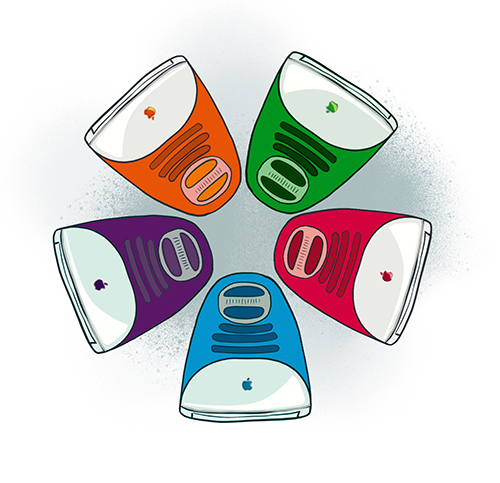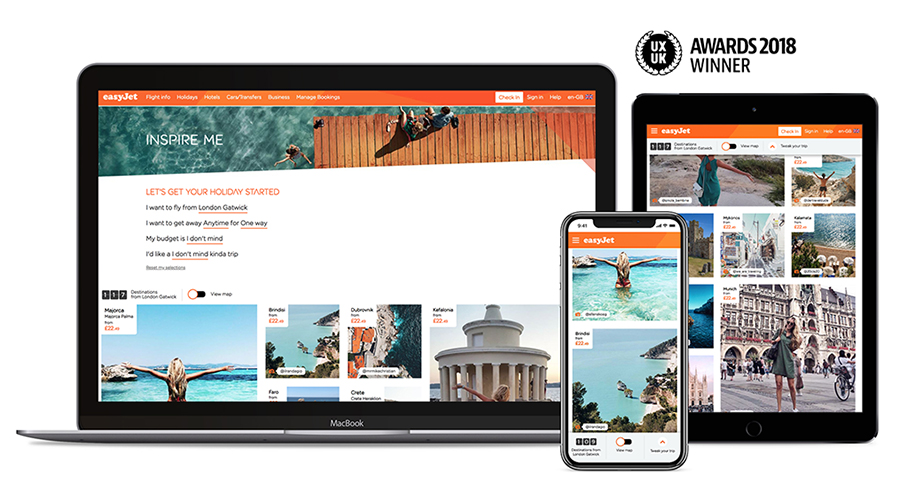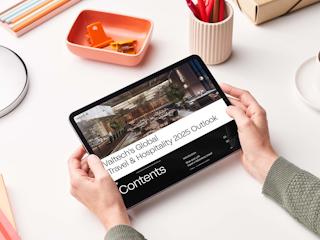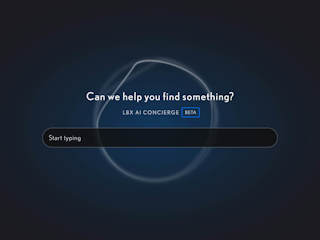For me these things each play equal roles and it’s their combination that creates the magic.
Visual design aesthetics in the context of digital experience design are composed of many smaller parts that include:
- Colour
- Typography
- Imagery
- Layout
- Lines and shapes
- Space
- Depth
- Movement
- Accessibility considerations
It’s the interplay of these ‘atomic’ parts that creates the visual design aesthetic and is key in representing a brand.
As a designer, I am biased towards all things visual.
This doesn’t alter my belief that the aesthetic of almost any object, product or experience is as important as the other parts that make up that thing. Whether that is a physical product like a chair, something large like a building, or as with what we’re focusing on here, a digital experience. As with almost all of the greatest of things ever designed it is not only how they functioned that made them exceptional but how they looked - their visual design - that often played a key role in its success.
A great example of this is the original Apple iMac G3, launched in 1998. Consider pre 1998… a time where computers where bland beige/grey boxes. Functional? Yes (for the time). Pleasing on the eye? No. For most, the idea that something like a computer would benefit from great visual design would have been derided.
However, the impact of the G3’s spectacular piece of design was phenomenal and changed forever our view of the importance of visual design in relation to technology products. When Apple launched the G3, not even their breaking away from previous standards such as the floppy disc in favour of USB stopped consumers going crazy for this new design. A product that people could bring into their homes almost as a piece of art, a product that oozed cool and modernity and that allowed consumers to also revel in being associated with such a product. The impact of the G3’s visual design connected with consumers on an emotional and visceral level and in the process cemented Apple as the design-led, consumer experience focussed brand we know today.













